This area of the West Papua province is legendary among experienced scuba divers and has long been a well kept secret of the scuba diving community. After spending a week here on a familirisation trip with the Indonesian Ministry of Tourism, I can see why! Not a single day went by where I was not blown away by the natural beauty and varied sceneries across and inbetween the islands of Raja Ampat. I found myself becoming exceptionally greedy in seeing all the things. The fish, the islands, a whale, the manta rays. It’s almost too much to describe. A mere week was not long enough for me to truly get my fill of natural beauty from the islands of Raja Ampat and the beautiful people of West Papua.
Getting to Raja Ampat
Like all good things in life there’s a little bit of hard work with a lot of reward at the end. There is no direct way to get to Raja Ampat. This is certainly a place that is all about the destination and very little about the journey.
I had what can only be called an adventure of flights to get here. Thankfully all 7 flights, return trip, were with Garuda Indonesia, who proved that they have well and truly earnt their latest 5 star economy rating.
To start your adventure to Raja Ampat you need to get to the city of Sorong. You can read over here my short guide to getting to Raja Ampat.


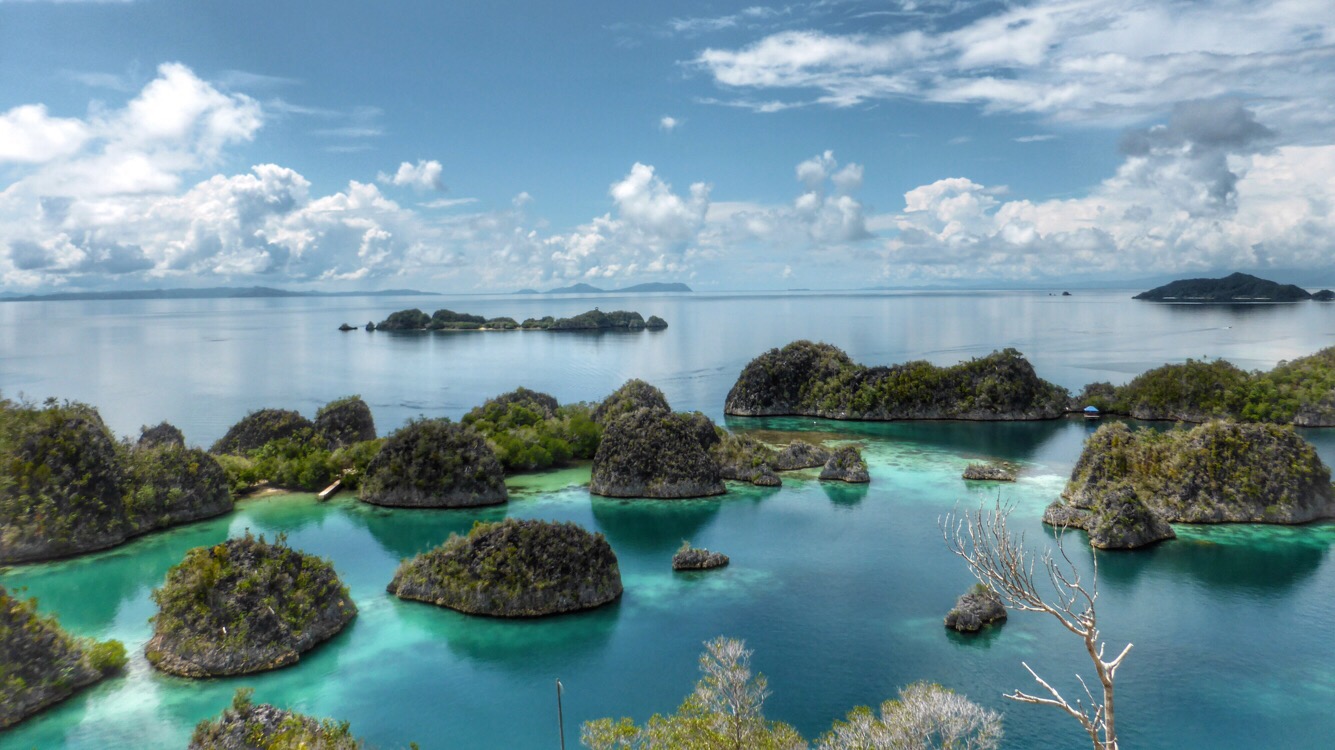
A brief history into Raja Ampat
Ok so we all know that I couldn’t have gone to Raja Ampat without learning a little bit about the history and culture of the area. Don’t judge me I’m an anthropology major.
The name Raja Ampat translates into Four Kings.
During the 15th century this area was a part of the reign of Tidore Sultanate, a great kingdom centered in Maluku Islands. The Sultanate of Tidore appointed four local kings to rule in the the island of Waigeo, Batanta, Salawati and Misool which were the fourth largest island to this day.
The name of Raja Ampat comes from local mythology that tells about a woman who finds seven eggs. Four of the seven eggs hatch and become kings that occupy four of Raja Ampat biggest islands whilst the other three become a ghost, a woman, and a stone.
As you travel around you can see still the history and culture of the people beyond the seas. If you know where to look or who to ask you can easily be taken to a site, like the one below. According to locals this is a rock painting of the hand of one of the kings.
They live in a small villages which are spread around the area. Although traditional culture still strongly exists, they are very welcoming to visitors.
Governing of Raja Ampat?
Raja Ampat Regency is a new regency which separated from Sorong Regency in 2004. It is a part of the newly named West Papua (province) of Indonesia which was formerly Irian Jaya.
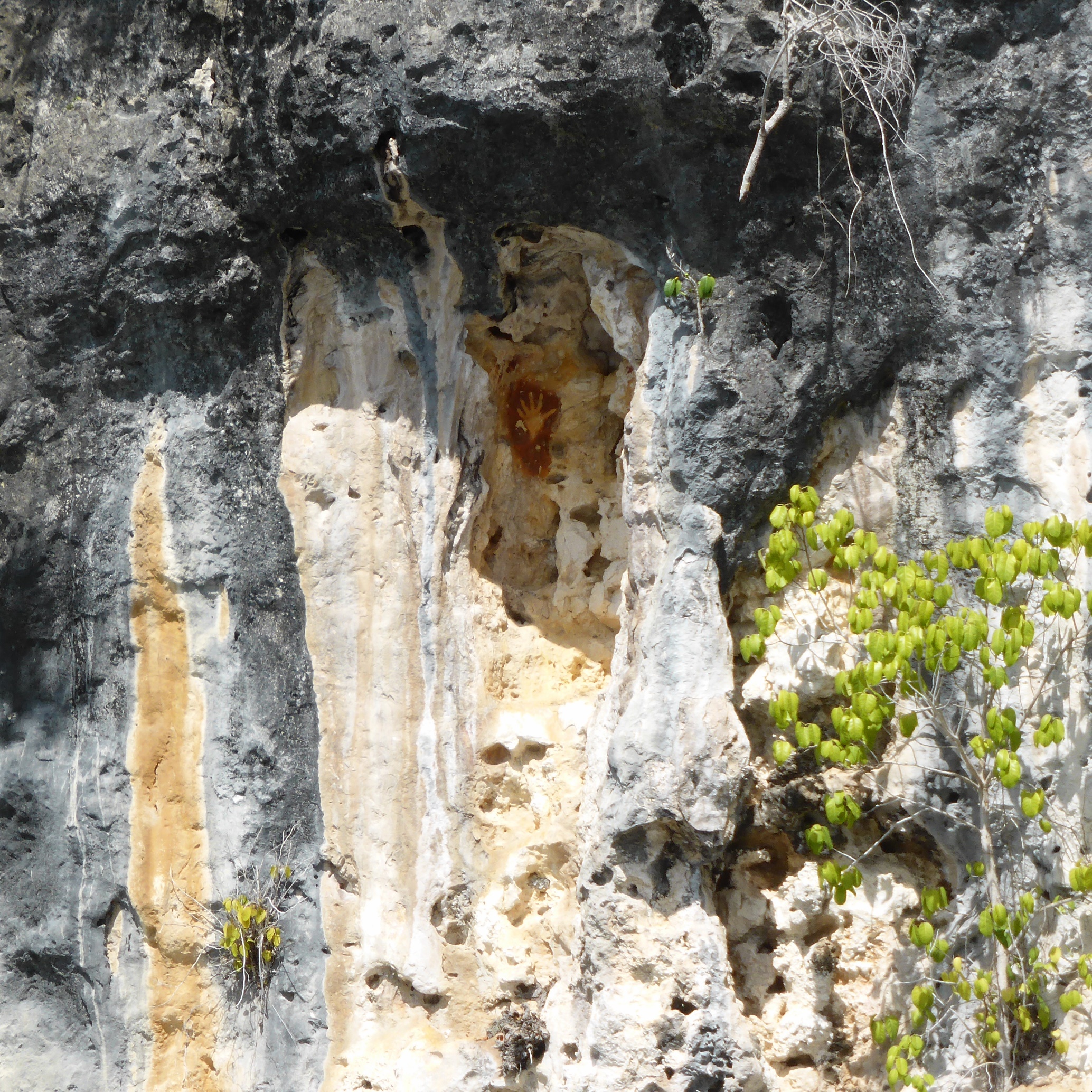
Delightful diversity
It’s hard to believe that the first official scientific survey of the region was only completed in 2001.
- More than 1,300 species of coral reef fish
- Five species of rare and endangered sea turtles including the hawksbill sea turtle
- 600 species of hard coral within the Bird’s Head Seascape—75% of the total for the entire world
- 13 marine mammal species including the dugong
- 700 species of mollusk—including 7 giant clam species
- 57 species of mantis shrimp within the Bird’s Head Seascape
*Source- WWF




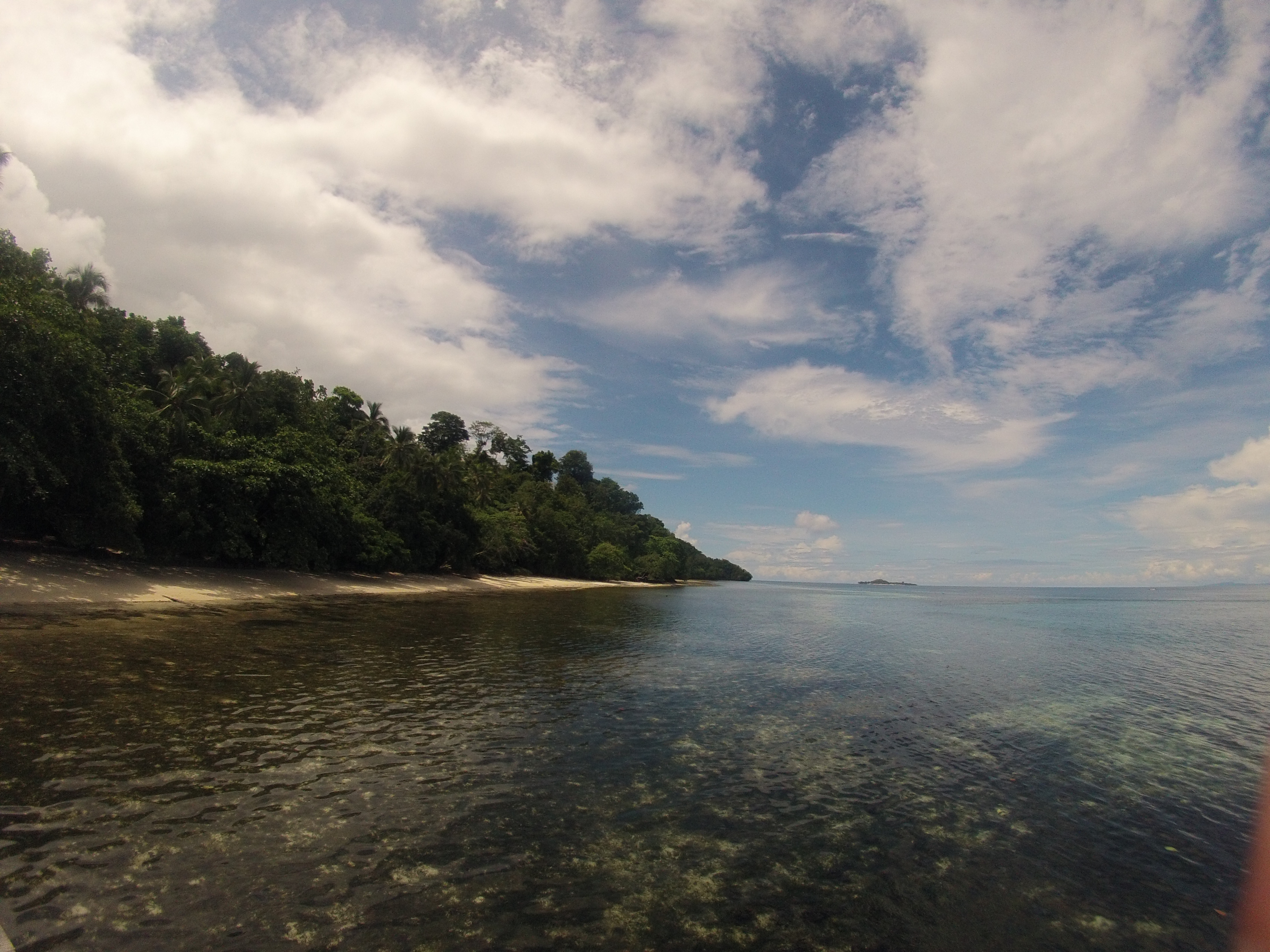

The people of Raja Ampat
Raja Ampat society, as elsewhere in Indonesia, is a mix of indigenous cultures and the descendants of successive waves of migration from outside the area which began in ancient times and continues to this day. The majority of islands where you can legally and easily visit and those with home stays/resorts available to tourists are predominately Papuan and Christian.
The people are among the friendliest and most welcoming that I have ever had the pleasure of meeting. You’ll soon notice that they usually have a carefree attitude and a welcoming smile. Even though I speak no Bahasa Indonesian or any of the local dialect people were happy to say hello or give a friendly wave.
I was told that most people understand and speak Bahasa Indonesian in the region, however there is a preference for the mother tongue native to the region. Given the option of English or Bahasa Indonesian I found that most people happily stumbled through English with me.
Sundays are a day of rest and religious observance for the Christian members of Raja Ampat. Don’t be surprised when visiting villages to see very well maintained churches. We stopped by one on a Sunday and the entire village was inside! Please resist the temptation to pressure anyone into taking you anywhere on Sundays – there’s plenty of swimming, snorkelling and exploring to be had around your accommodation. Meals will be served as usual, but apart from that and departures to Waisai for the ferry, most people will be spending the day with their family and community.

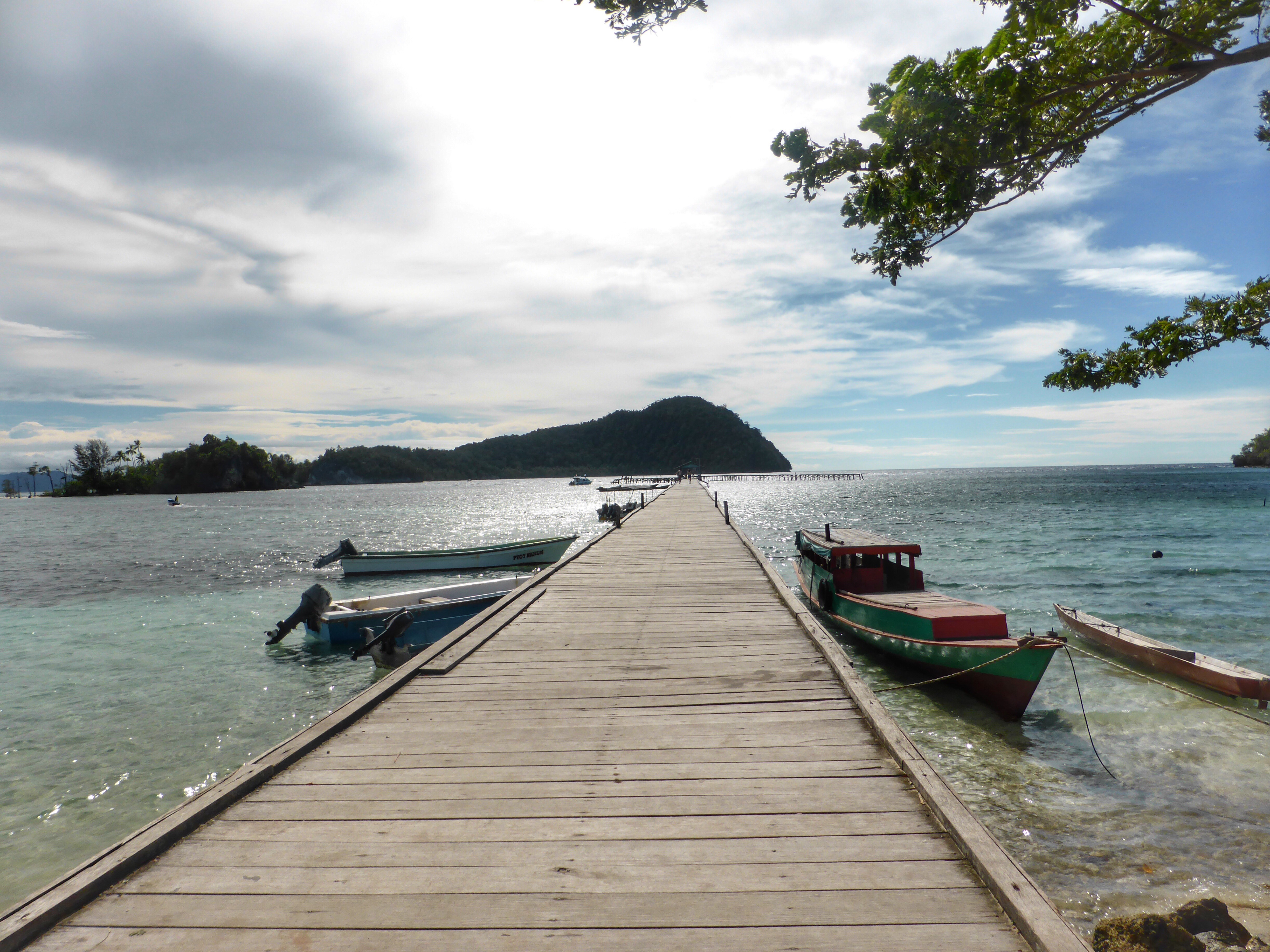
Dress Code-
Really this area comes under my favorite topic #DontBeADick– Be aware of how your hosts and local village people dress and adopt a similar attire.It’s a really simple step to take when packing. Think long dresses, light weight tee-shirts and shorts. Super simple!
Just because nobody seems to mind seeing a lot of your skin doesn’t mean it’s so. The local people more than likely won’t say anything to you at all, but it’s definitely offensive to them to see you wandering around their village in swimming gear. Just don’t do it. The more touristy villages will have signs on the jetty and at the village entrance to assist everyone in not being offended.
A minimum of t-shirt and shorts or a long dress that cover your knees should be worn whenever you’re in public. It’s a different matter when you’re in the water of course. Nude and female topless bathing though, should definitely be kept utterly private – something that’s almost impossible to be sure of in the islands!
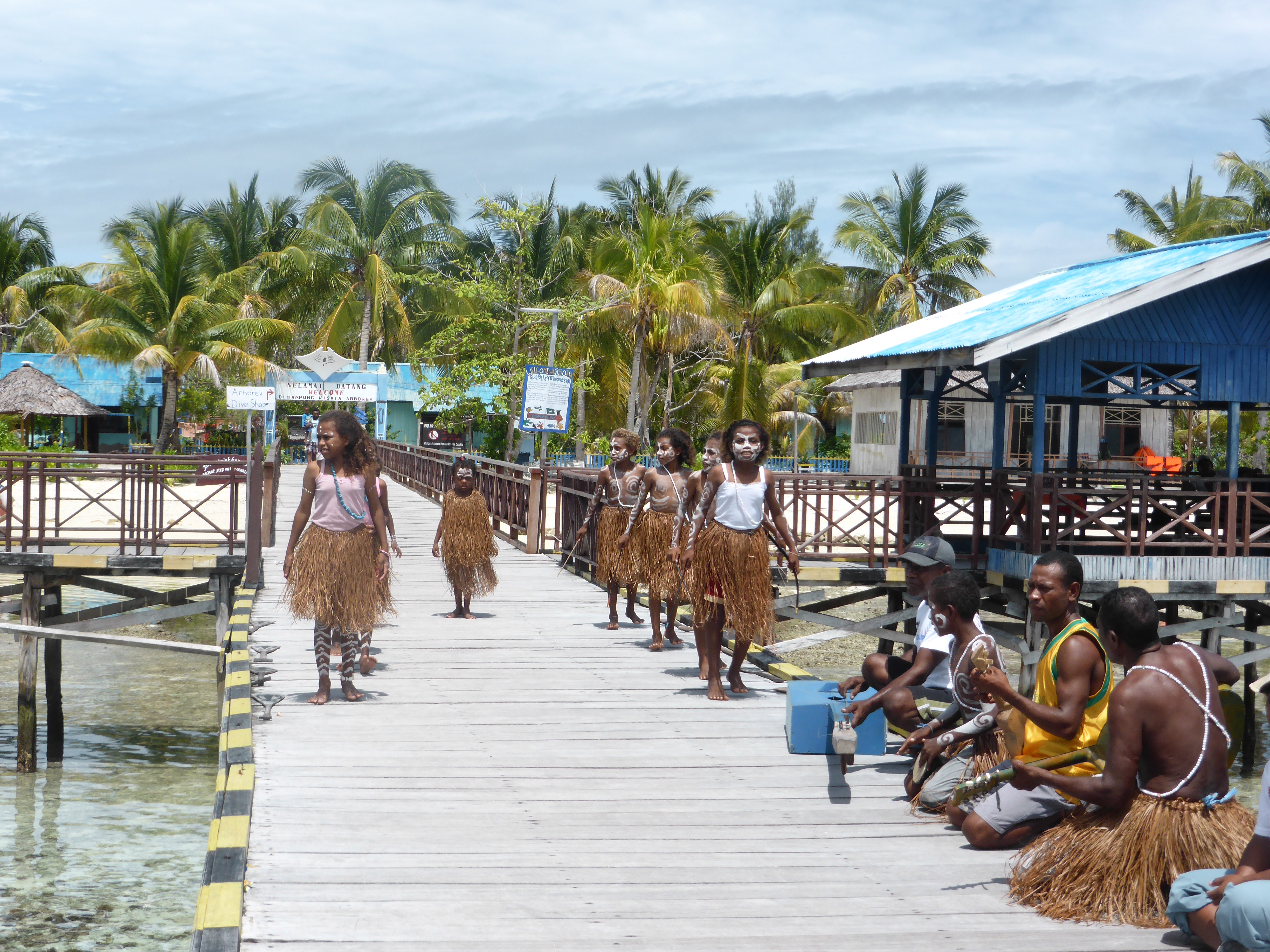
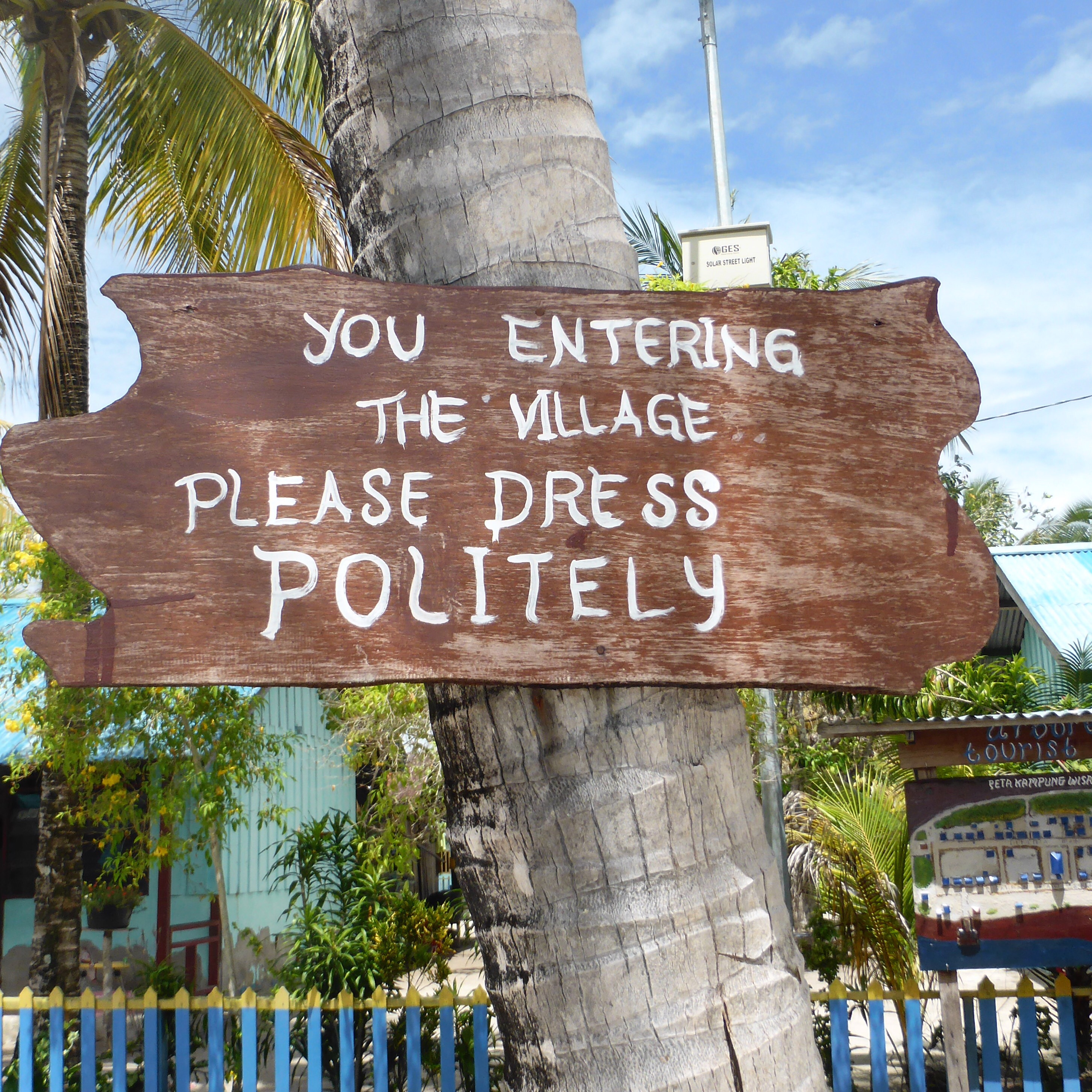
Please don’t feed the children!
Just a note on the children- Please don’t feed the children! The slight influx of tourism in the area did leave me with a slightly bad taste in my mouth. Twice on this trip we were taken to ‘tourist’ villages. Where the children are paraded in front of the tourists, they sing, dance and make you join in. Trust me there was no amount of No, Thank you, that can stop this. Now whilst this might seem all innocent and oh such friendly villagers it isn’t It’s purely a transaction between the communities and yourself. In both instances we gave the children candy and cookies in exchange for their performance. A quick search on Instagram showed me that this is now common practice. As a some what responsible traveller I’d much more preferred to have seen the children in school or paid in items that are less damaging to their health and well being. Actually in all honesty I don’t see the need to have village children dressed up in traditional custom singing for the white man.
Along the way when we visited more tourist friendly villages the children did not want to interact with me unless candy was produced. Even asking me for candy in perfect English in exchange for photos. Also note that I’m incredibly uncomfortable taking photos of random children.
Abundance of adventure
With over 1,500 islands to explore this archipelago has an abundance of adventure on offer. As we’ve previously written in Top 10 Things to do in Raja Ampat, a lot does revolve around water and being wet.
The most popular activities are scuba diving and snorkeling. Many of the resorts have fascinating fish populations that hang around the end of the jetty, So you don’t even need to go too far to get your mermaid fix.
If you’re not into being a mermaid and living under the sea pop over and read my guide on Fun Activities for non-divers.

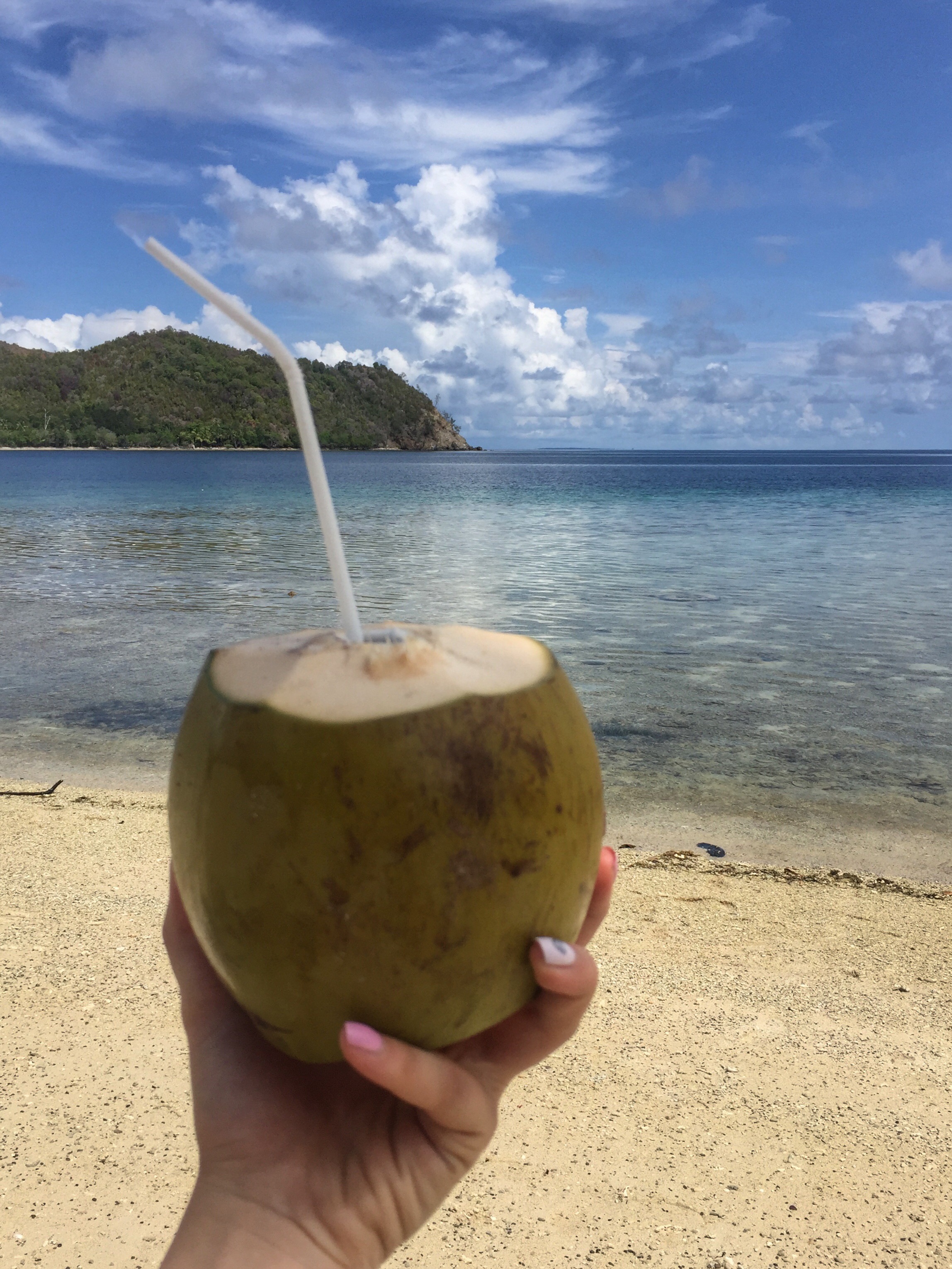
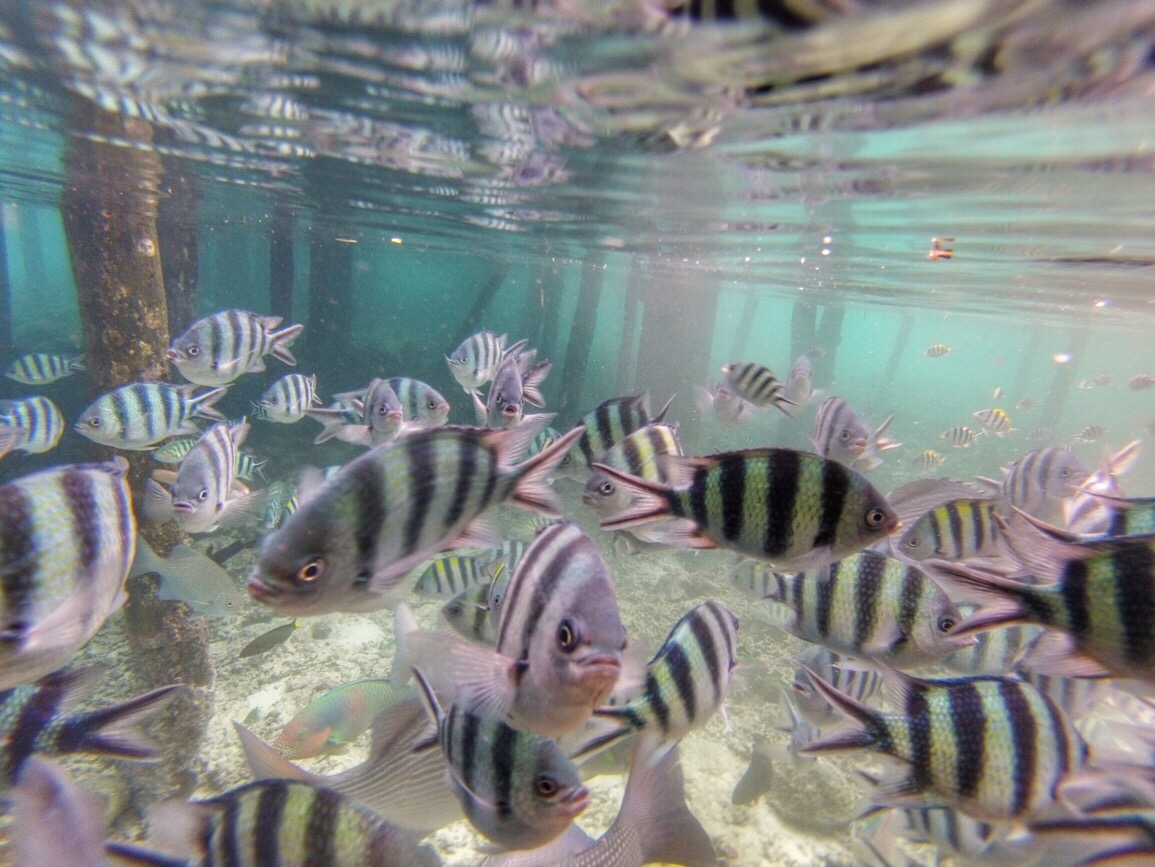
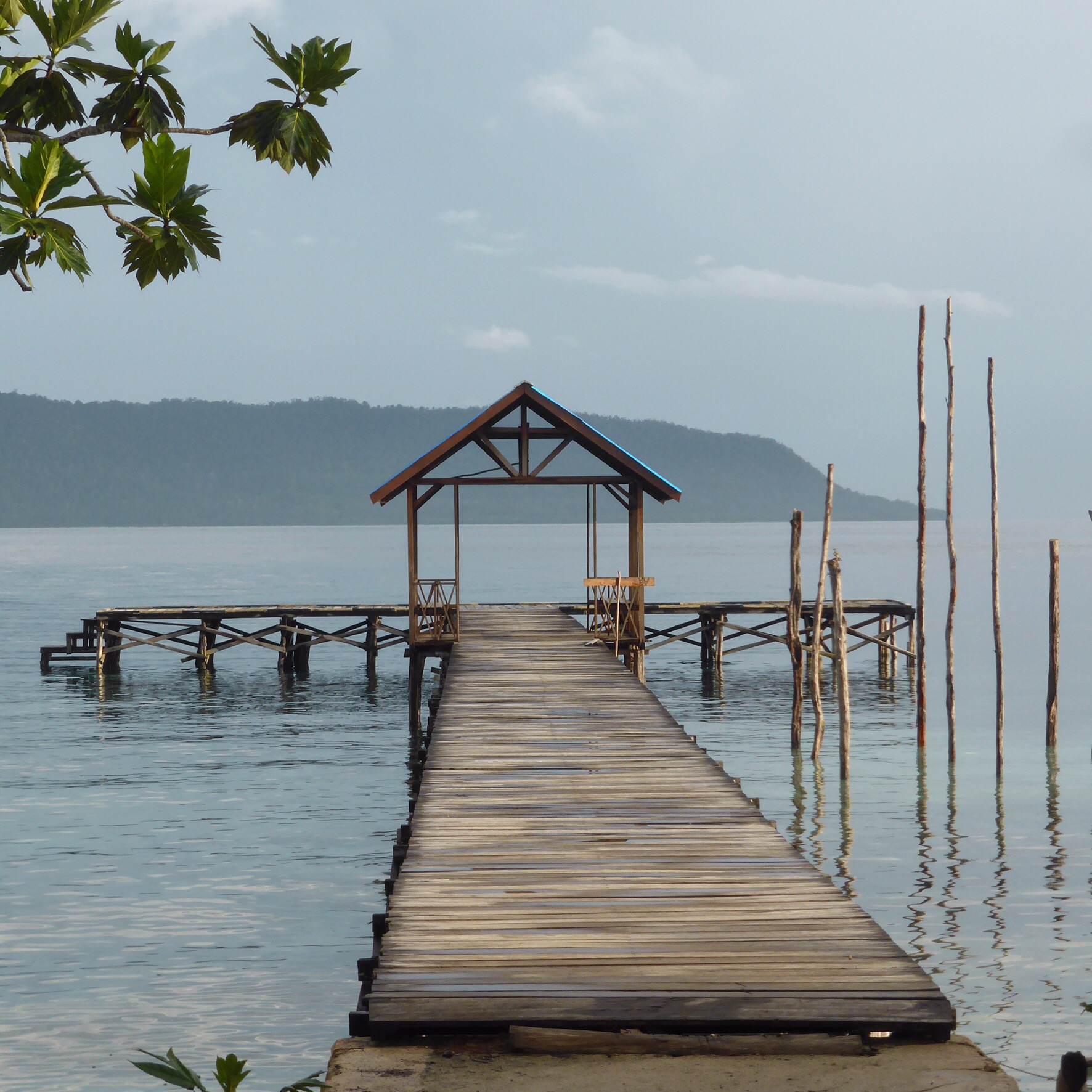
Disclaimer Time!
Just a little FYI- this article was written in partnership with the Indonesia government as part of the Wonderful Indonesia campaign. Any and all views and opinions expressed are entirely my own based on personal experiences when travelling and are honest and factual without any bias.
Thank you to the team from the Indonesian Consular in Melbourne for making this adventure happen.





